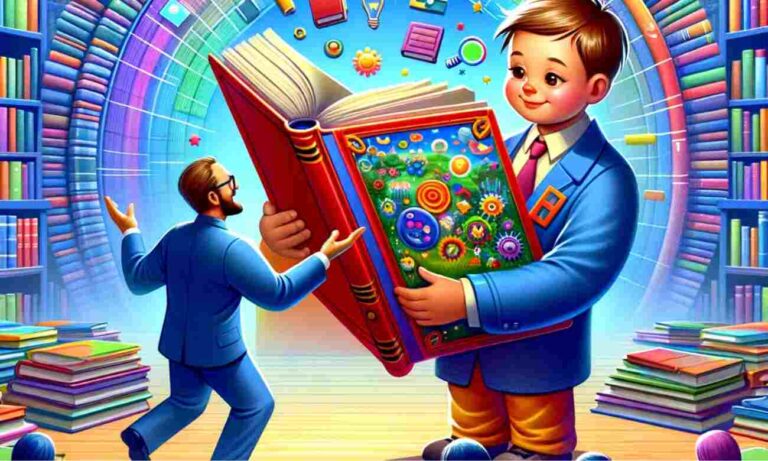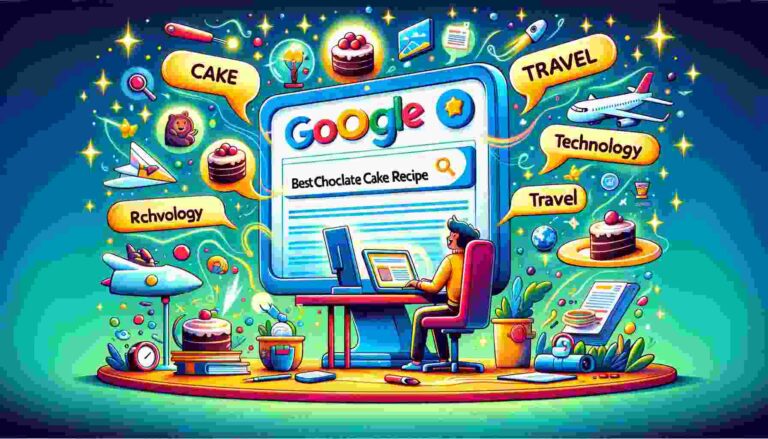Deep Analysis of "Rule-Based Chatbots"
Recent Blog
Ready to Transform Your Business? Contact Us Today
Deep Analysis of Rule-Based Chatbots
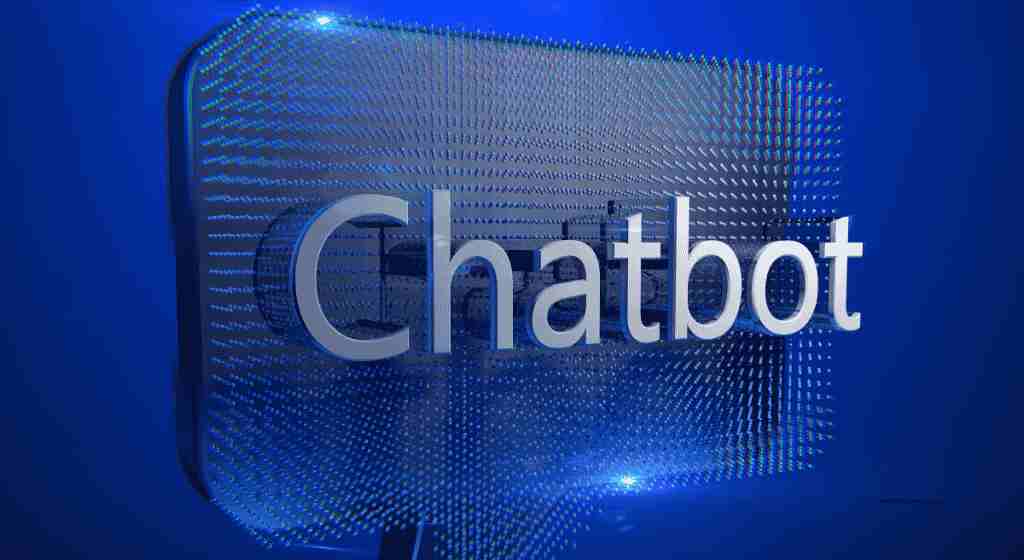
- Rohit Singh
- May 28, 2025
- 0 Comment
Rule-based chatbots are automated systems that operate using predefined logic, scripts, and decision trees to interact with users. Unlike AI-driven chatbots that leverage machine learning (ML) or natural language processing (NLP), rule-based chatbots follow strict “if-then” rules to generate responses. Below is a comprehensive breakdown of their design, strengths, limitations, and applications:
Table of Contents
Core Architecture
Rule-based chatbots rely on ‘deterministic workflows’ built by developers. Their structure includes:
- Input Parsing
- Matches user inputs to predefined keywords or patterns (e.g., regex, exact phrases).
- Example: A user types “Check balance” → triggers the “account balance” rule.
- Decision Tree
- A flowchart-like logic where each user input branches to a predefined response.
Example:
If user says “reset password” → Ask for email verification.
If user says “track order” → Request order ID.
- Static Knowledge Base
- Limited to hardcoded data (e.g., FAQs, product catalogs).
- Cannot infer or learn from new data outside its rules.
- Response Templates
- Prewritten answers mapped to specific triggers (e.g., “Your order status is: [status].”).

Rule-based Chatbots Key Characteristics
- Deterministic Behavior
- Always produces the same output for identical inputs.
- No randomness or adaptability (e.g., responds to “Help” with the same menu every time).
- No Learning Capability
- Cannot improve over time or handle inputs outside its rule set.
- Limited Context Awareness
- Struggles with follow-up questions unless explicitly programmed (e.g., “What about my other order?”).
- Low Complexity
- Ideal for narrow, repetitive tasks (e.g., password resets, booking confirmations).
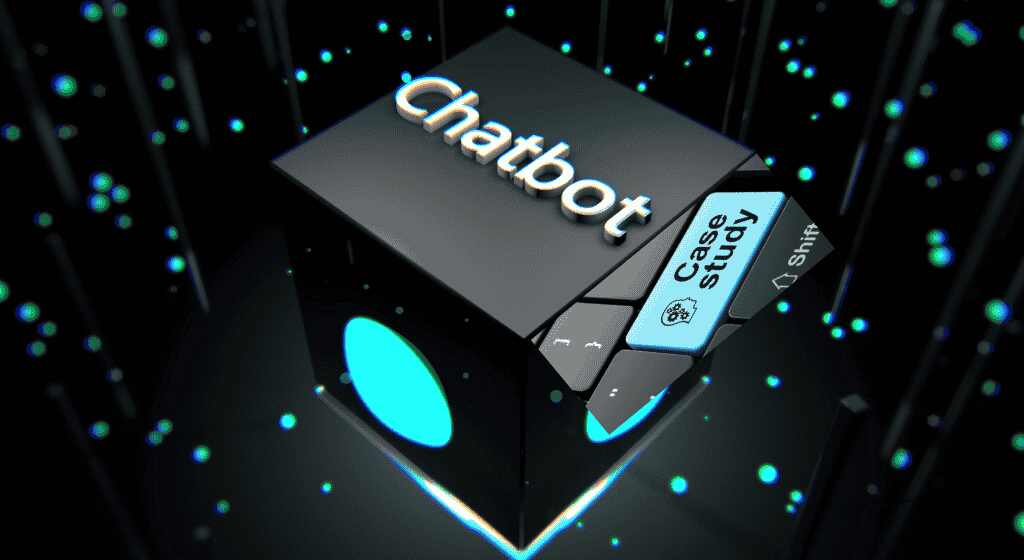
Use Cases
Rule-based chatbots excel in scenarios with predictable interactions:
- Customer Support
- Answering FAQs (e.g., “What’s your return policy?”).
- Guiding users through fixed processes (e.g., “Click here to reset your password”).
- Appointment Scheduling
- Booking slots using calendar rules (e.g., “Choose a date between Monday-Friday”).
- Surveys and Forms
- Collecting structured data (e.g., “Enter your email address”).
- Basic E-commerce
- Order tracking (e.g., “Your package will arrive on [date]”).

Advantages
- Predictability:
- Ensures compliance with business rules (e.g., legal disclaimers).Ensures compliance with business rules (e.g., legal disclaimers).
- Ease of Development:
- Requires no ML expertise; built using tools like Dialogflow ES, Microsoft Bot Framework, or simple scripting.
- Cost-Effective:
- Low computational/resources overhead compared to AI models.
- Transparency:
- Easy to audit and debug since logic is explicit.
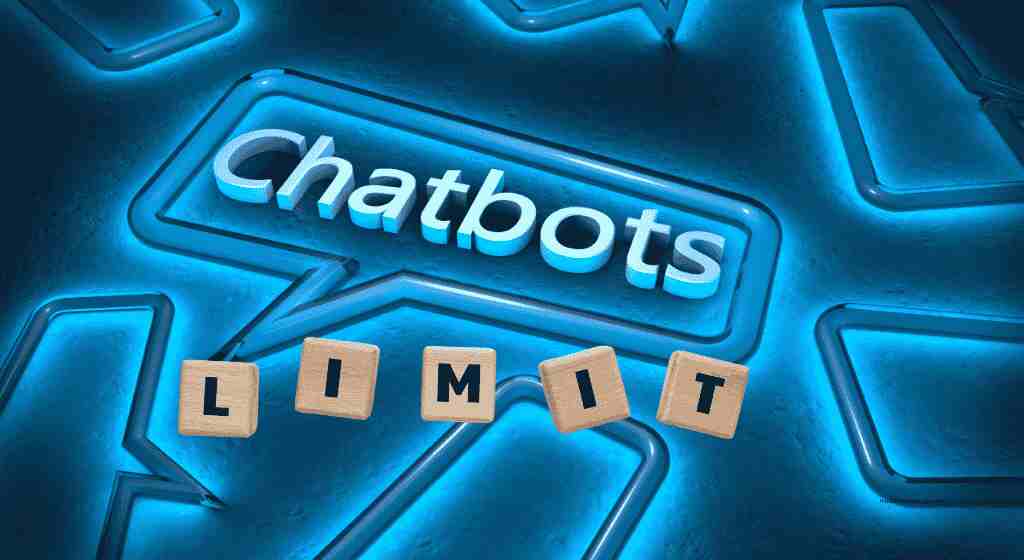
Limitations
- Brittle to Variations:
- Fails if users rephrase questions (e.g., “I forgot my password” vs. “Can’t log in”).
- Scalability Issues:
- Adding new rules becomes complex as scenarios grow (e.g., exponential branching).
- No Personalisation:
- Cannot tailor responses based on user history (e.g., “Welcome back, [Name]” requires hardcoding).
- High Maintenance:
- Requires manual updates for new queries or changing business logic.
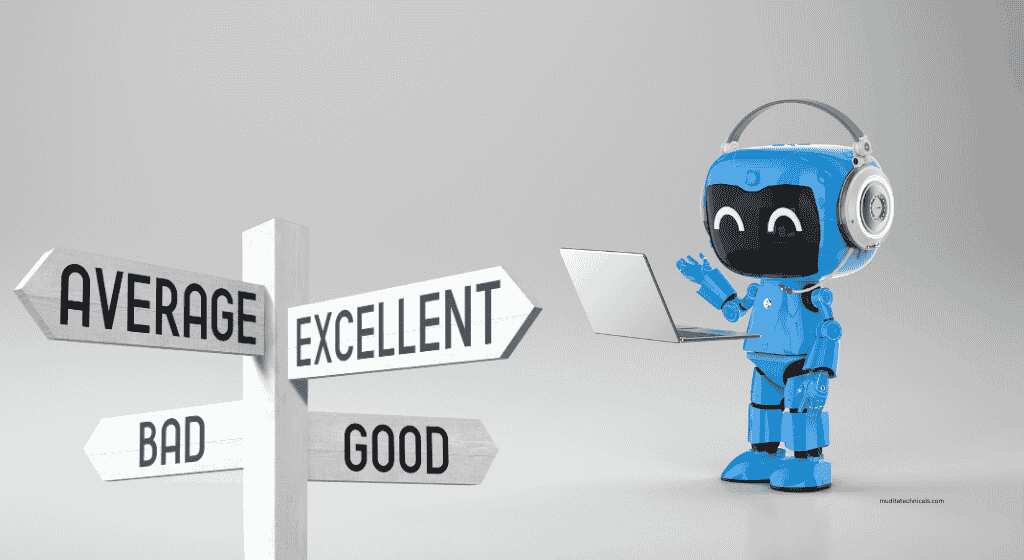
Comparison with AI-Driven Chatbots
The empty or vacant spaces in a design are referred to as whitespace, often known as negative space. It is essential for producing a visually appealing and well-balanced website template.
Feature
Rule-Based Chatbots
AI-Driven Chatbots
Flexibility
Rigid, limited to rules
Adapts to unstructured inputs
Learning
None
Improves via ML/NLP
Complexity
Simple, linear workflows
Handles multi-turn, context-rich dialogues
Development Effort
Low (scripting)
High (data training, model tuning)
Cost
Low
High (compute/resources)
Use Case Fit
Narrow, repetitive tasks
Open-ended, dynamic interactions

Challenges
- Ambiguity Handling
- Struggles with synonyms, typos, or slang (e.g., “PLS HELP!!”* vs. “Assist me”).
- User Frustration
- Fails gracefully (e.g., repetitive “I didn’t understand” messages).
- Integration Limits
- Limited ability to connect with dynamic APIs or real-time data without custom coding.
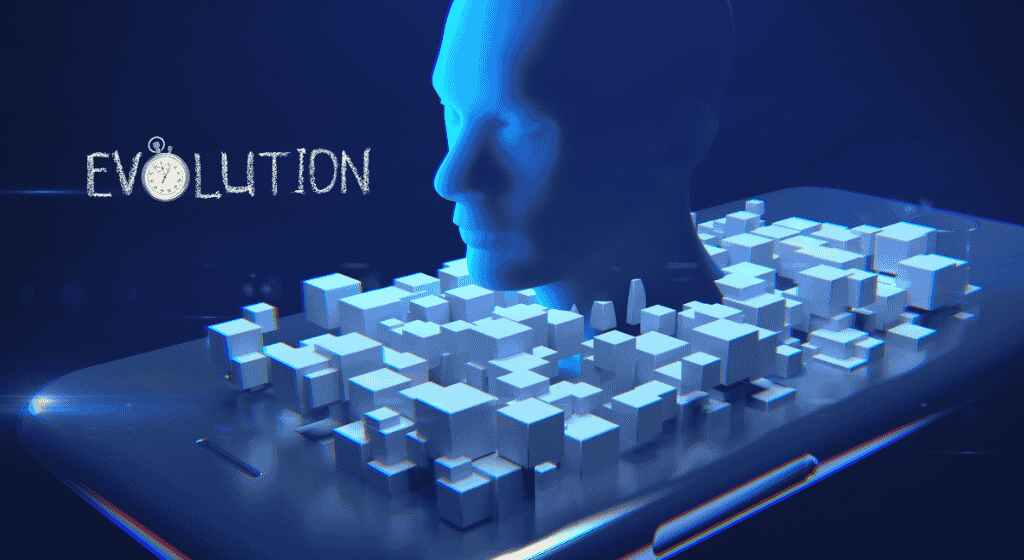
Future Evolution
- Hybrid Models
- Combining rule-based logic with AI fallbacks (e.g., rules for compliance, AI for open-ended queries).
- Enhanced NLP Integration
- Using lightweight NLP to parse inputs while retaining rule-based responses.
- Low-Code Platforms
- Tools like Zapier or Tars enable non-developers to build rule-based bots.
Real-World Examples
- Banking:
Bots that check account balances only when users type “Balance” or “Current funds.”
- Healthcare:
Symptom-checker bots guiding users through yes/no questionnaires. –
- Retail:
FAQ bots answering “Where is my order?” with tracking links.
Conclusion
Rule-based chatbots are foundational tools for automating simple, repetitive tasks with high reliability. While they lack the sophistication of AI-driven agents, their transparency, low cost, and ease of deployment make them ideal for businesses with narrow, well-defined use cases. However, as user expectations grow, hybrid approaches (rules + AI) are becoming critical to balance efficiency and flexibility.






